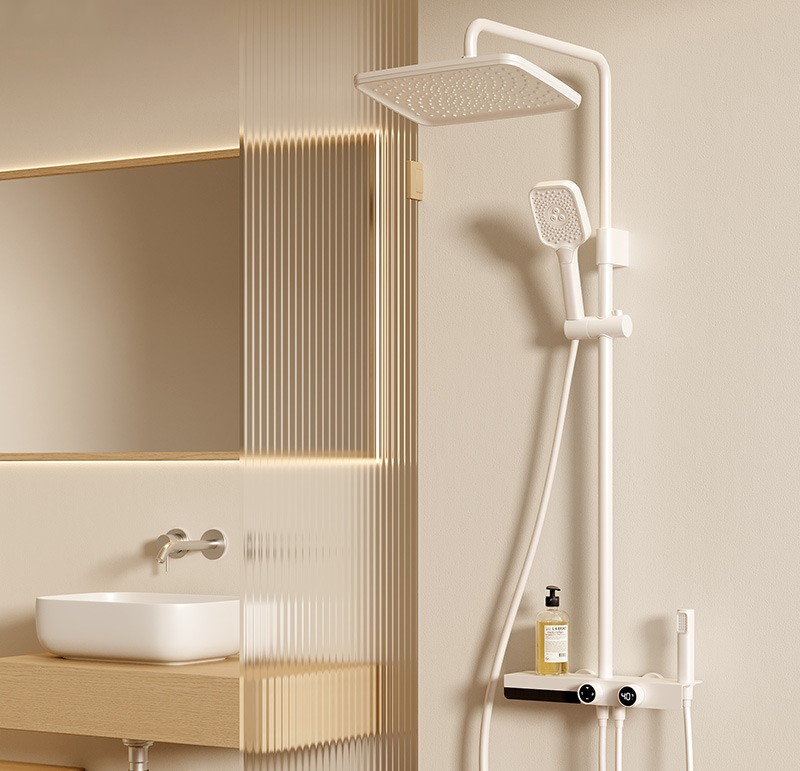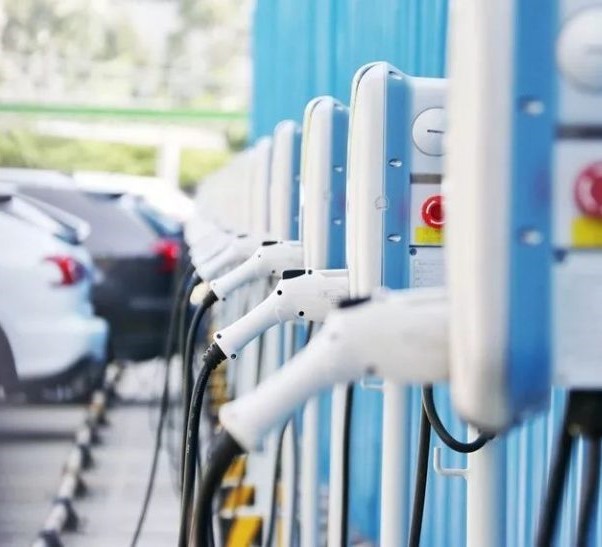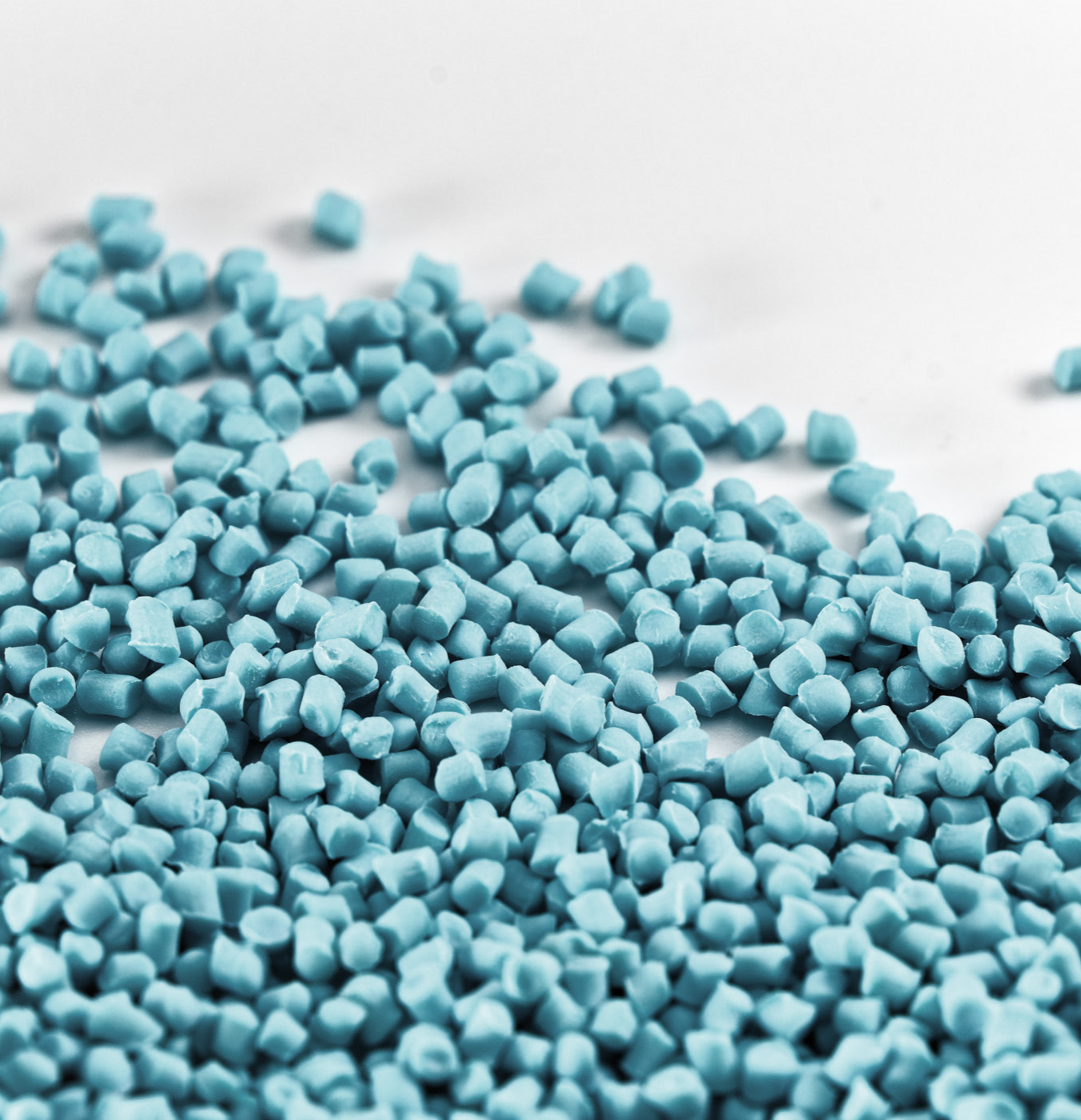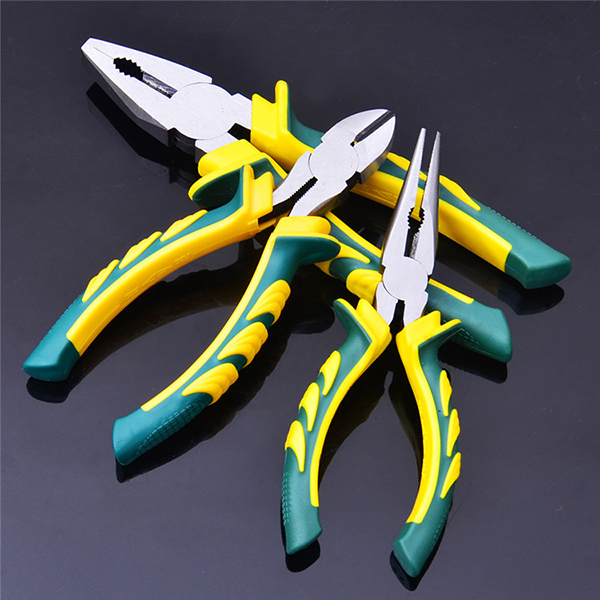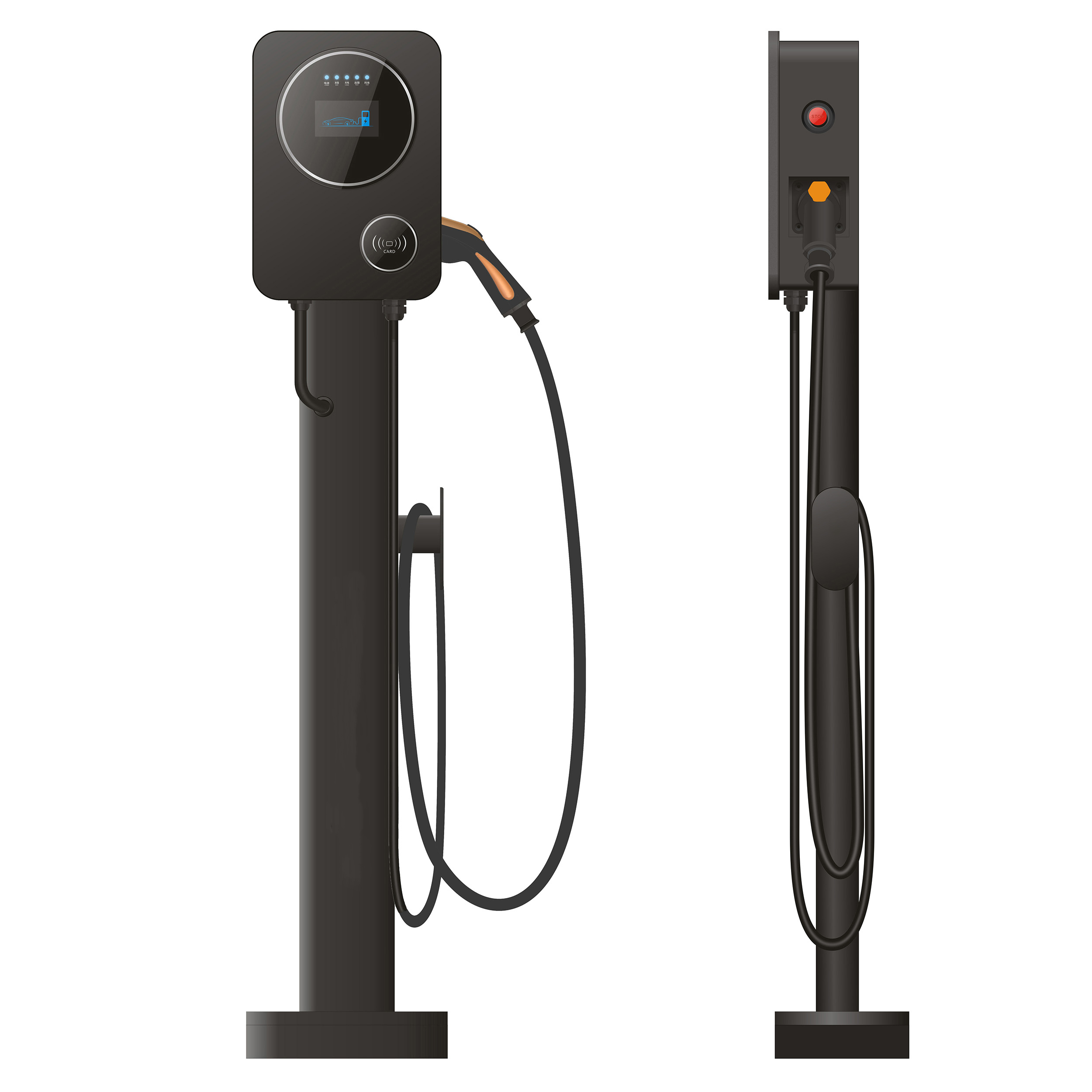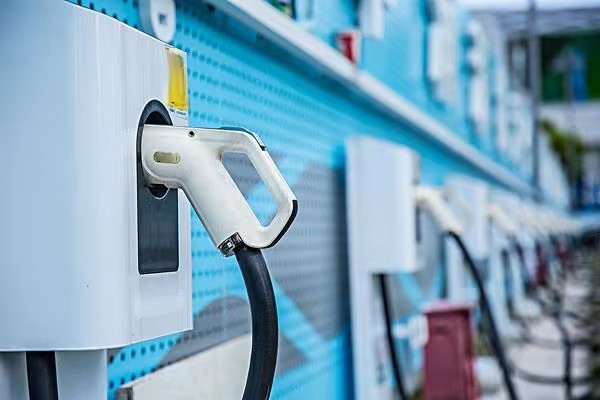
Electric vehicles (EVs) represent a significant shift towards sustainable transportation, but their widespread adoption hinges on robust infrastructure, including fast-charging systems. Central to these systems are the cables that connect charging piles to EVs, yet they face several critical challenges that need addressing for optimal performance and durability.
1. Mechanical Wear and Tear:
EV-charging pile cables endure repeated bending, twisting, and flexing during plugging and unplugging cycles. This mechanical stress can lead to wear and tear over time, compromising the cable's structural integrity and potentially causing failures. The need for frequent replacement adds to operational costs and inconvenience for EV users.
2. Durability Against Environmental Factors:
Operating in diverse environmental conditions poses challenges for charging cables. Exposure to UV radiation, temperature variations, moisture, and chemicals can degrade cable materials, leading to reduced lifespan and performance issues. Ensuring cables remain durable and reliable under such conditions is crucial for uninterrupted charging operations.
3. Safety Concerns:
Safety is paramount in EV charging systems. Cables must withstand high voltages and currents without overheating or causing electrical hazards. Ensuring insulation integrity and robust connectors is essential to prevent short circuits, shocks, and potential damage to the EV or charging infrastructure.
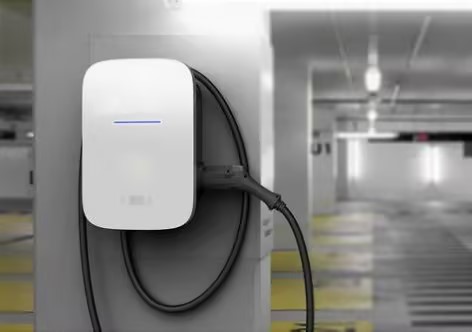

4. Compatibility and Standards:
The evolving landscape of EV technology and charging standards presents compatibility challenges. Cables must meet industry standards for voltage ratings, current capacity, and connector types to ensure compatibility with various EV models and charging infrastructure. Lack of standardization can lead to interoperability issues and limit charging options for EV users.
5. Maintenance and Serviceability:
Proactive maintenance and timely servicing are crucial to extend the lifespan of charging cables. Regular inspections for signs of wear, corrosion, or damage can prevent unexpected failures and ensure safe operation. However, accessing and replacing cables within existing infrastructure can be complex and costly.
6. Technological Advances and Future-proofing:
As EV technology advances, so do the demands on charging infrastructure. Future-proofing charging cables to accommodate higher charging speeds, improved efficiency, and emerging technologies like wireless charging is essential. Adapting materials and designs to meet these evolving needs ensures longevity and compatibility with future EV models.
Addressing Challenges with Innovative Solutions
Successfully tackling these challenges necessitates a comprehensive approach that integrates materials science,
engineering innovations, and regulatory standards.
Materials science: Innovative Thermoplastic Polyurethane for EV charging cables
Thermoplastic Polyurethane (TPU) is a versatile polymer known for its exceptional mechanical properties, flexibility, and resistance to abrasion and chemicals. These characteristics make TPU an ideal material for cable insulation and jacketing, especially in applications where durability and performance are paramount.
BASF, a global leader in the chemical industry, has developed a groundbreaking thermoplastic polyurethane (TPU) grade called Elastollan® 1180A10WDM, specifically engineered to meet the demands of fast-charging pile cables. This material is designed to offer enhanced durability, flexibility, and resistance to wear and tear. It is softer and more flexible, yet still possesses excellent mechanical properties, weather resistance, and flame retardancy. Furthermore, it is easier to handle than conventional materials used for charging cables in fast charging piles. This optimized TPU grade ensures that the cables maintain their integrity even under the stress of frequent bending and exposure to varying weather conditions.
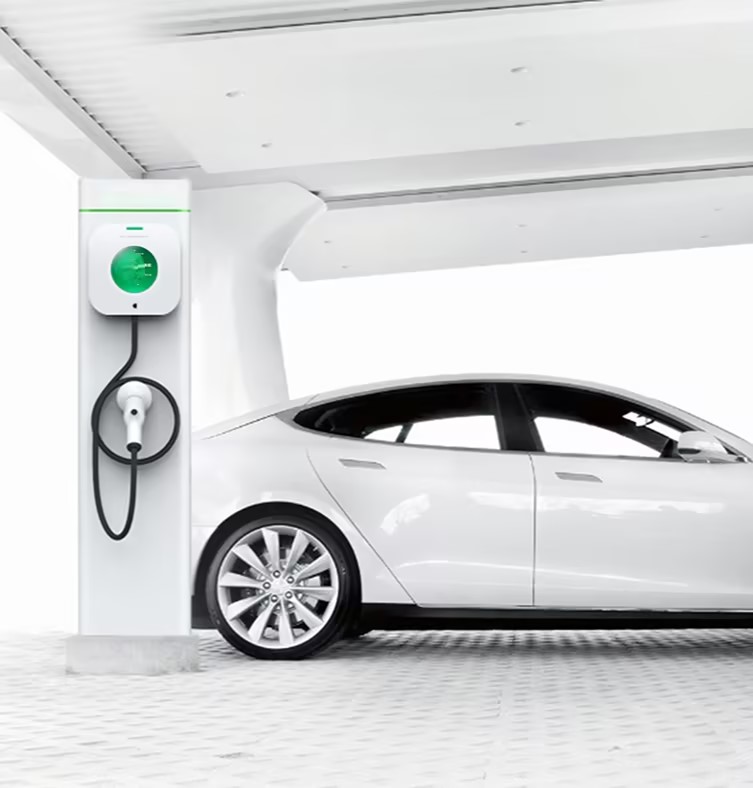
Why this TPU is an ideal choice for EV charging cables, TPU manufacturers need to know Wear resistant solution
Utilizing SILIKE's Si-TPV (dynamic vulcanized thermoplastic silicone-based elastomer) as an effective process additive and feel modifier for thermoplastic elastomers presents a practical solution.
when adding Silicone-based elastomers modifier to thermoplastic polyurethane (TPU) formulations, enhances the mechanical properties and surface characteristics of TPU, optimizing its performance in EV charging pile cables.

1. Adding 6% Si-TPV Feel modifier improves the surface smoothness of thermoplastic polyurethanes(TPU), thereby enhancing their scratch and abrasion resistance. Moreover, surfaces become more resistant to dust adsorption, a non-tacky feel that resists dirt.
2. Adding more than 10% to a thermoplastic Silicone-based elastomers modifier (Si-TPV)affects its hardness and mechanical properties, rendering it softer and more elastic. Si-TPV contributes TPU manufacturers to creating high-quality, more resilient, efficient, and sustainable fast-charging pile cables.
3. Add Si-TPV into TPU, Si-TPV improves the soft touch feeling of the EV Charging cable, achieving a visual of the Matt effect surface TPU, and durability.
SILIKE's thermoplastic Silicone-based elastomers modifier Si-TPV offers novel strategies for optimizing TPU formulations in EV charging pile cables. These solutions not only enhance durability and flexibility but also improve overall performance and sustainability in electric vehicle infrastructures.
How SILIKE's Si-TPV Modification for TPU EV charging pile cables. Click here for innovative anti-wear strategies to optimize TPU formulations and achieve superior cable performance. Learn more, Contact us at Tel: +86-28-83625089 or via email: amy.wang@silike.cn. website:www.si-tpv.com














